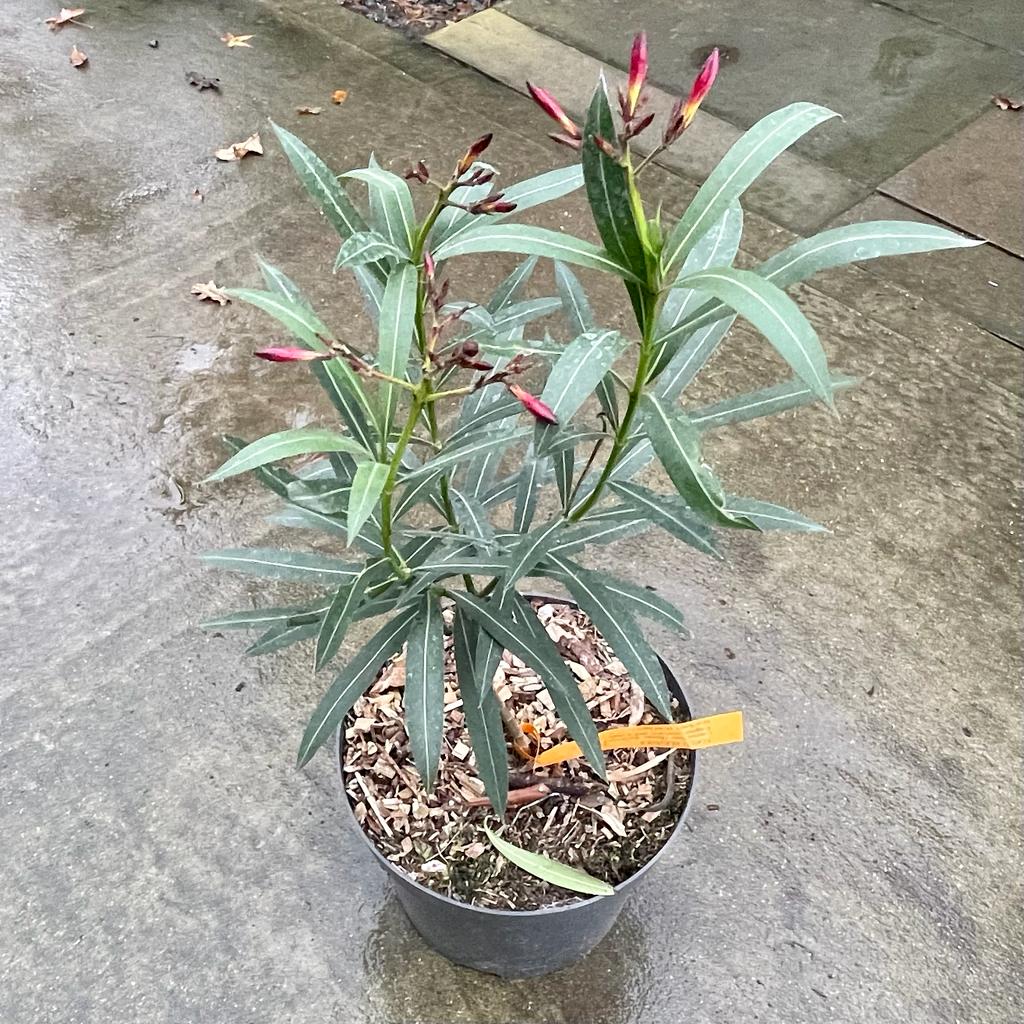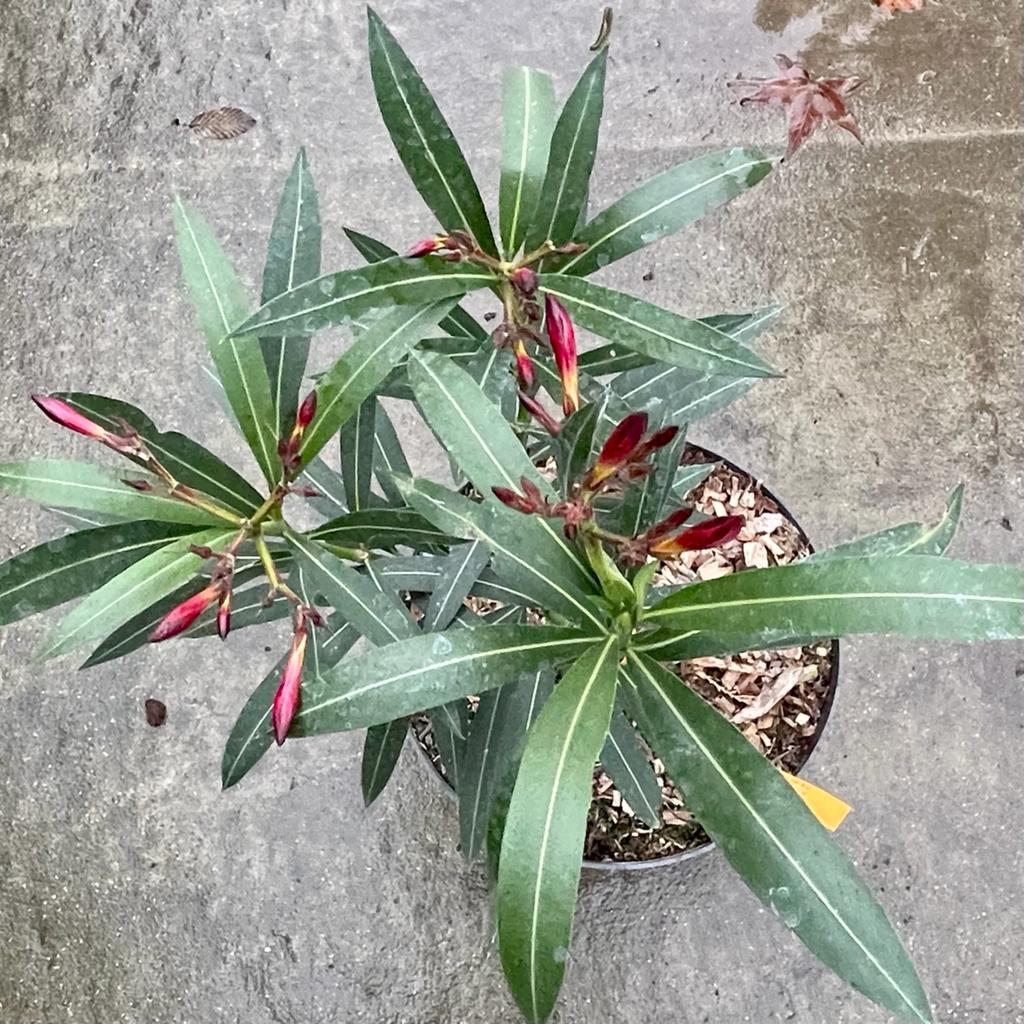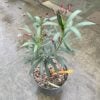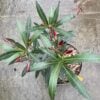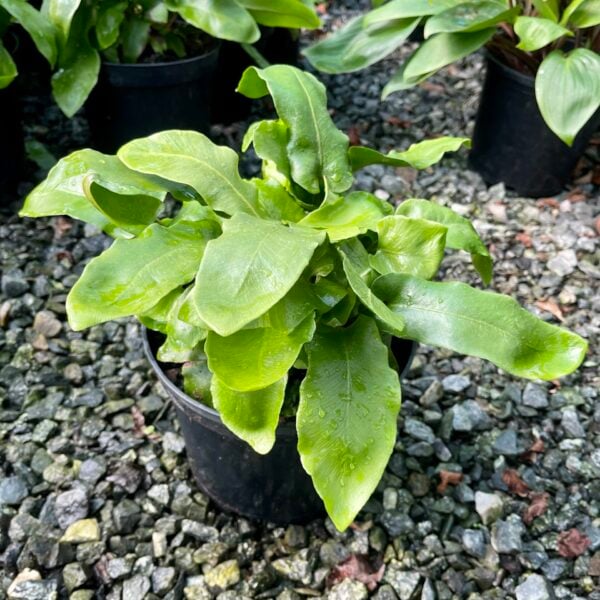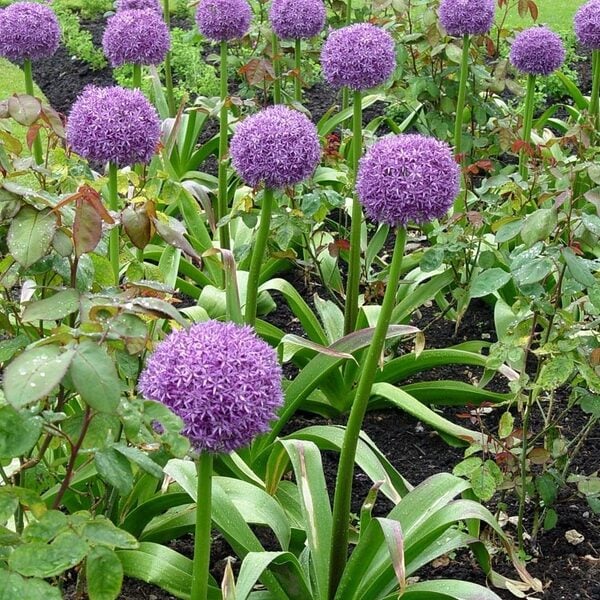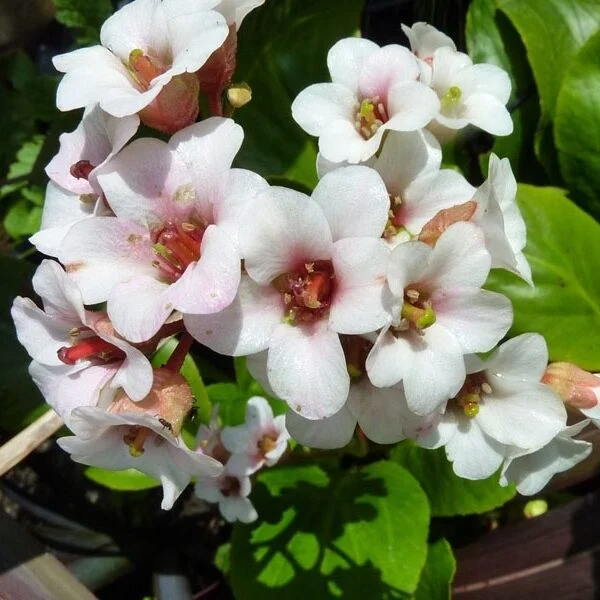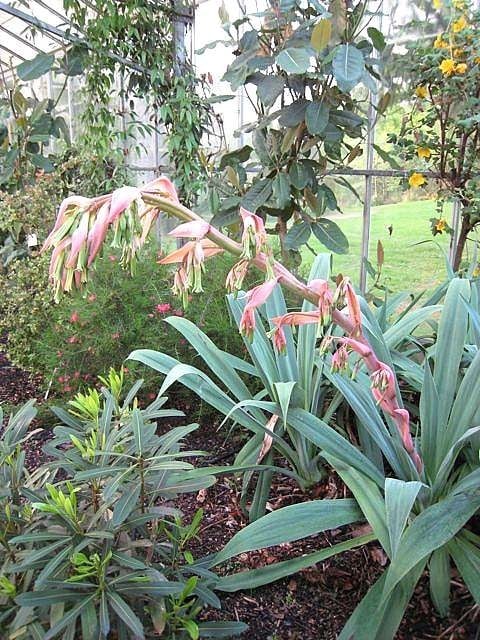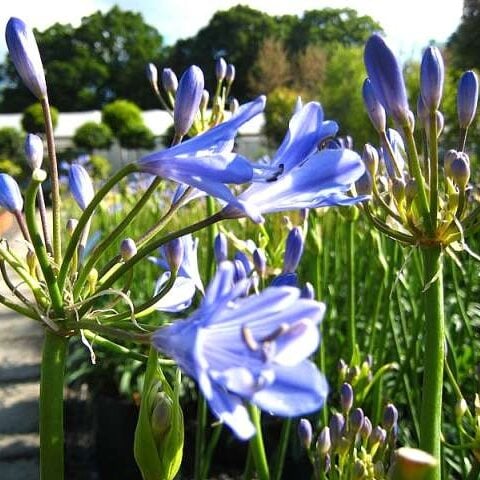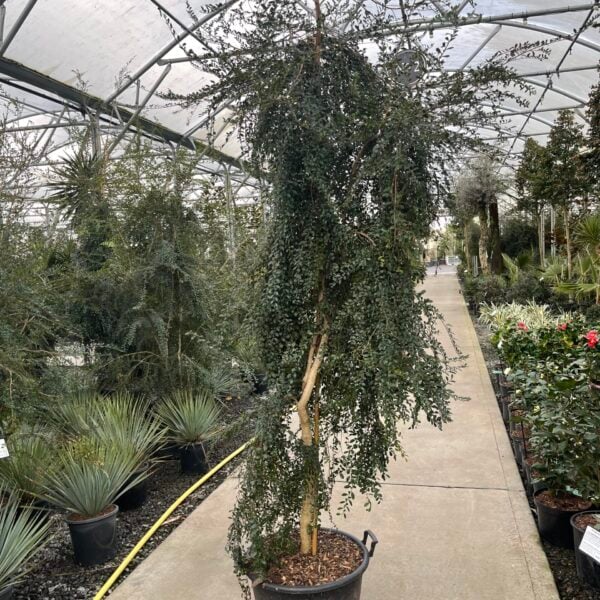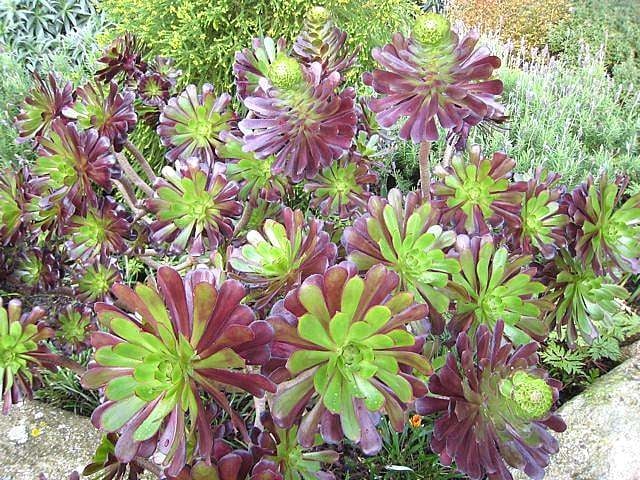Nerium oleander – Pink .
£42.50 incl. VAT
Probably the best known flowering plant in the world. Evergreen shrub (6ft tall x 4 ft wide after 10 years) in pink, red, white. Frost hardiness? The red end of amber. Read on.

Hardiness level Amber
As a mark of this plant's popularity, it's so widely used in cultivation in the warmer parts of the world that nobody can remember where it's native to. Theories range from Morocco to South-East Asia.
As a mark of this plant's toughness, it's frequently used down the central reservation on Italian autostradas. You've got to be tough to withstand that sort of treatment. Not surprisingly, you'll find it's highly adaptable to all sorts of conditions - providing it's in reasonably well drained soil and in a warm garden. Sun preferably but will grow well in shade - although it might get a bit lanky if very shady. In Britain it's best in coastal areas and large metropolitan areas - in London in particular where it thrives and flowers prolifically. Although it's associated with hot Mediterranean places, the best plants I've ever seen tend to be in cool temperate climates - Central London, New Zealand and Northern California in particular. The main picture of a pink one flowering was taken in Weston Super Mare in 2006.
Naturally, it's an evergreen shrub with long thin leaves (resembling the beautiful Euphorbia mellifera) growing to 12 ft or more after many years but can easily be trained into a small tree.
As with any plant so widespread in cultivation, there are many different cultivars (nursery raised versions) with a huge variety of different forms and colour of flowers. We tend to do pink, red and white but there are others. Although most of the flowers are odourless, this is not always the case. A few of the red flowered versions have a very distinctive and rather delicious smell. Mysteriously, it never seems to be the same cultivar although it tends to be dark red and the only way to establish whether or not you have one of the (relatively rare) fragrant ones is to choose when it's in flower and give it a good sniff before you buy it.
It's a wonderful plant - generally easy to grow and always offering exotic memories of warmer climes than Britain but it comes with a couple of caveats :
1. All parts of this plant are toxic and even burning clippings from it is not recommended. Best to either compost it or make sure no one is down wind of the bonfire. Even the smoke's toxic. Rabbits and deer seem to know this so, mercifully, it's one plant they'll leave alone.
2. It's a bugger for Red Spider Mite. Outside in the garden this is unlikely to be a problem but in a pot in a greenhouse or conservatory, you must keep an eye on these pests. Aphids quite like it too. Plants in the unrelated family called Solanaceae (includes potatoes, tomatoes and Deadly Night Shade) are also highly toxic and are also highly attractive to insect pests. Funny that.
Propagated from cuttings.
Additional Information |
|
|---|---|
| Size | |
| Soil Type | |
| Light | |
| Plant Type | |
| Continent of Origin | |
| Specialist Plants | |
| Features | |
| Situation | Coastal, Conservatories, Mild City Gardens, Plants for Pots, Sheltered Garden |
| Flower Colour | |
| Hardiness | |
FAQs
How fast does Nerium oleander grow?
6ft tall x 4 ft wide after 10 years. Growing to 12 ft or more after many years but can easily be trained into a small tree.
How do you take care of Nerium oleander?
Not surprisingly, you'll find it's highly adaptable to all sorts of conditions - providing it's in reasonably well drained soil and in a warm garden.
In Britain it's best in coastal areas and large metropolitan areas - in London in particular where it thrives and flowers prolifically.
It's a wonderful plant - generally easy to grow and always offering exotic memories of warmer climes than Britain but it comes with a couple of caveats : 1. All parts of this plant are toxic and even burning clippings from it is not recommended. Best to either compost it or make sure no one is downwind of the bonfire. 2. It's a bugger for Red Spider Mite. Outside in the garden this is unlikely to be a problem but in a pot in a greenhouse or conservatory, you must keep an eye on these pests.
How tall do Nerium oleander grow?
Evergreen shrub (6ft tall x 4 ft wide after 10 years). Growing to 12 ft or more after many years but can easily be trained into a small tree.
Do Nerium oleander prefer sun or shade?
Sun preferably but will grow well in shade - although it might get a bit lanky if very shady.
Is Nerium oleander an indoor or outdoor plant?
Outside





